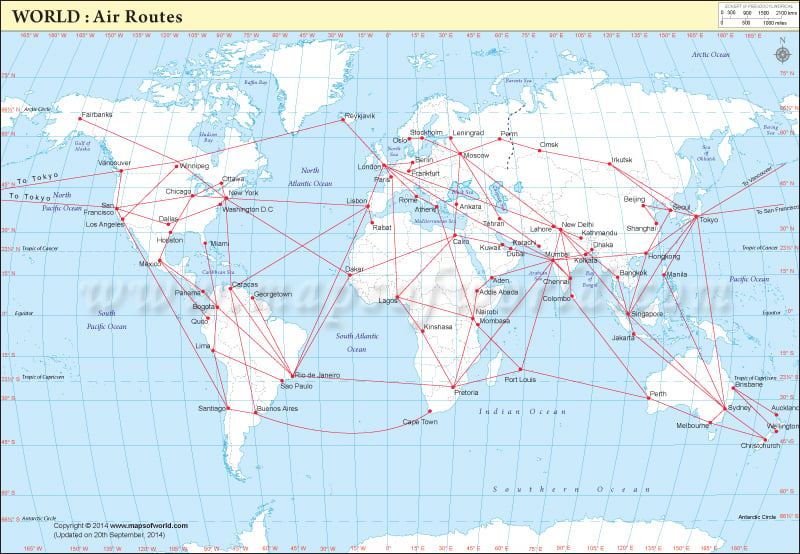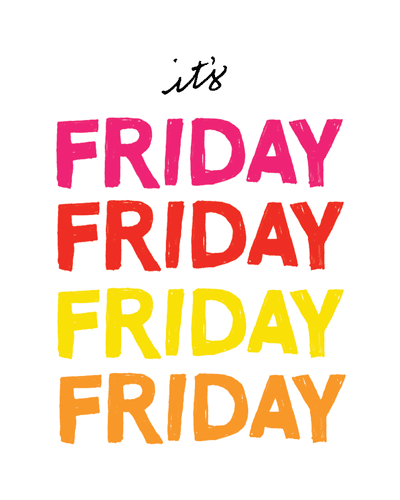We began today by working with line plots. Basically, a line plot is an easy way to view a lot of data. For example, we had collected data on the number of candy hearts that the palm of our hand would hold. We used the class data to find range, mean, median, and mode for each individual class. Today, I wanted to combine the data from all three classes. I decided that a line plot would be the best way to do this.
So, first we determined the least and greatest number of hearts that a palm held in 5th grade (we did this by looking at our ranges from each of the classes.). Once we knew our range was 23 - 42, we created our line plot base. Then using the data from each class, we plotted our 'x' on the appropriate numbers.
Now, using the line plot, we found:
- range (difference between largest and smallest): 42-23 = 19
- mode (repeats the most): 29
- mean (average): 31
To demonstrate finding the mean of a large group of numbers,
I used an excel spreadsheet. I typed in all of the numbers and showed
the classes how to use a formula to add them together quickly.
Then we used a calculator to divide our sum.
- median (middle number): 29
The kids really like this! Since the numbers were in order
from least to greatest, it was very easy for them to mark
out the largest and smallest numbers until only one was left.
This was just our review of range, mean, median, and mode. Now we moved on to the question of the day:
I asked the kids to write the question at the top of the page. Next, I asked them to write "I think" and complete their thought with their choice (at this point, their decision is based on gut feeling only). Once we had our predictions, I asked them how we would discover the answer to the problem. They explained that we would need to determine the number of feet in a mile. They asked if they could use their 5th Grade Mathematics chart (obviously, I agreed):
I also allowed them to use a calculator, their table, and their brain! We found that there are 5,280 feet in a mile by solving the equation: 1,760 x 3 = 5,280 feet.
 We now decided to determine how many days old we were. The kids chose to multiply 365 by their age. Before I could even say much about this, I had students in each class point out that this wasn't the right answer.... it depended on how many days since their last birthday. I totally agreed and explained that we would use this current product as our estimation.
We now decided to determine how many days old we were. The kids chose to multiply 365 by their age. Before I could even say much about this, I had students in each class point out that this wasn't the right answer.... it depended on how many days since their last birthday. I totally agreed and explained that we would use this current product as our estimation.
We paused to contemplate our two answers. All of my students decided that they would much prefer to get a $1 for every foot in a mile as their number of days they have been alive was less. However, they were not satisfied with an approximation of their age.... they wanted an EXACT answer. So, I took them to a website that would calculate this for them: How Many Days Old Are You?
Before letting them loose on the site, I asked them to decide if it was smarter for me to choose the $1 a foot or $1 a day. They unanimously agreed that the $1 a day was right for me. On a calculator, my age (44) multiplied by 365 was $16,060. When we visited "How Many Days Old Are You?" and put in my birthday, we found that actually, I was $16,326! By estimating, I had been cheated out of about $300! Now they really wanted to know their exact age!
Once they visited the site and had their actual age, I asked them to write a conclusion statement. This time, the statement should begin "I would rather...." They were to state their choice and justify their reasoning.
As one final question, I asked the classes the bonus question"
BONUS: How old do you have to be before it is more beneficial to take the money based on days alive?
The classes were able to determine that it would be smart for them to chance their choice to $1 per day old once they were 15 years old! This is the age that passes the number of feet in a mile.
HOMEWORK: Countdown 4.8
























